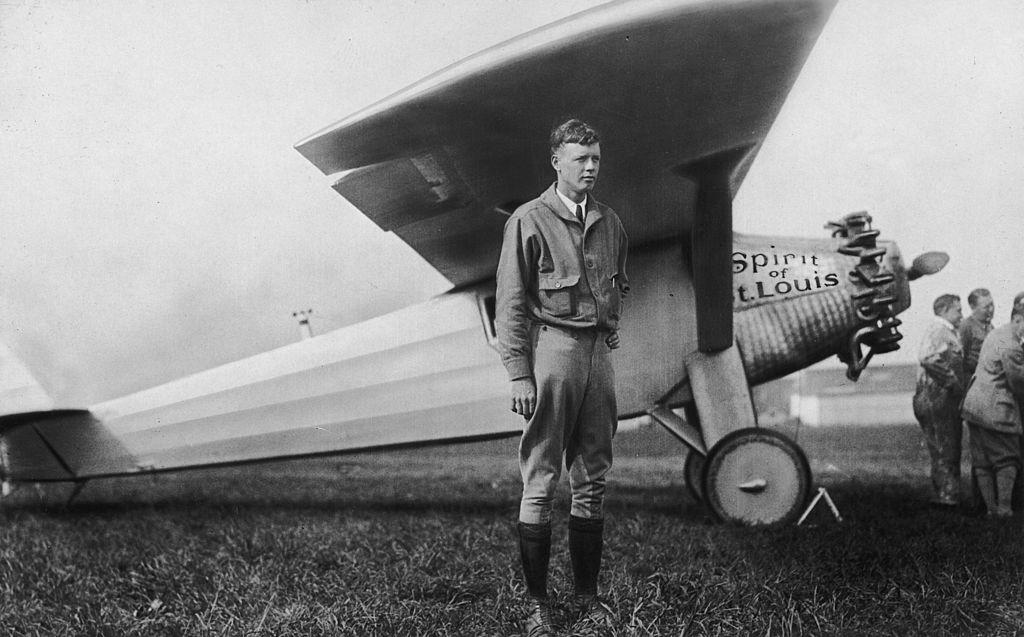
The “Lone Eagle,” as some called him, also became a highly controversial figure during the 1930s, when he warned against U.S. political involvement in Europe and was consequently accused of supporting Nazi Germany.
By 1941, many reporters and politicians regarded Lindbergh as anti-American, an animosity fueled in part by his bitter feud with the Roosevelt administration over foreign policy. The garlands he’d won just years earlier withered away, and many Americans regarded him as a traitor. Then came the Japanese attack on Pearl Harbor.

In the Wilderness
Despite the calumnies, Lindbergh was always an American patriot. With the outbreak of war, he attempted to return to the Air Corps Reserve, from which he had resigned just months after Roosevelt had attacked him in a speech.When the administration refused to entertain his request, Lindbergh worked for a time helping Henry Ford convert some automobile manufacturing plants to bomber production. As the administration’s animus against Lindbergh faded, he began testing various American military aircraft.
The Warrior
In 1944, that wish was granted. The Marines accorded the 42-year-old “observer status” in the Pacific, where he was soon given the unofficial rank of “Mr. Lindbergh.” Almost from the beginning, the most famous aviator in the world was flying combat missions.To these forays against Japanese ships, aircraft, and ground troops, Lindbergh brought two remarkable talents. The first was his marksmanship. He proved as accurate firing machine guns from a P-38 as he had shooting skeet. Second, of course, was his skill as a pilot. As he later noted, “I do not think about the plane’s position; that is taken care of subconsciously. All my conscious attention is concentrated on the sight. The tracers are going home, that’s all that matters.”

The Mechanic
These were impressive feats, but Lindbergh’s technical expertise and knowledge of aircraft were by far his most important contribution to the war effort in the Pacific. On one of his early forays, several of the P-38 pilots had to turn back from a mission because of low fuel, yet Lindbergh had plenty of fuel left and continued his mission.“In a pleasant manner Lindbergh explained cruise control techniques he had worked out for the Lightnings: reduce the standard 2,200 rpm to 1,600, set fuel mixtures to ‘auto-lean,’ and slightly increase manifold pressures. This, Lindbergh predicted, would stretch the Lightning’s radius by 400 miles, a nine-hour flight.”

A Patriot Redeemed
Many men might have allowed pride to get in the way of patriotism, refusing to ask an administration that loathed them to be reinstated in service. Here, however, Lindbergh’s love of country and desire to serve pushed aside his personal feelings.Consequently, Charles Lindbergh is a prime example of the flawed hero. In other words, this human being made mistakes but nonetheless displayed courage and discipline when facing the fire, whether from an enemy in the Pacific or enemies back home. Like nearly all the other men and women who won fame and a place in history books, imperfections and blemishes of character were a part of his makeup. His life offers the rest of us a lesson: to view their motives and conflicts with a nuanced approach.
If nothing else, Lindbergh’s voluntary encounters with danger and death in the Pacific proved him an American patriot.








